Waste in the Herb Industry
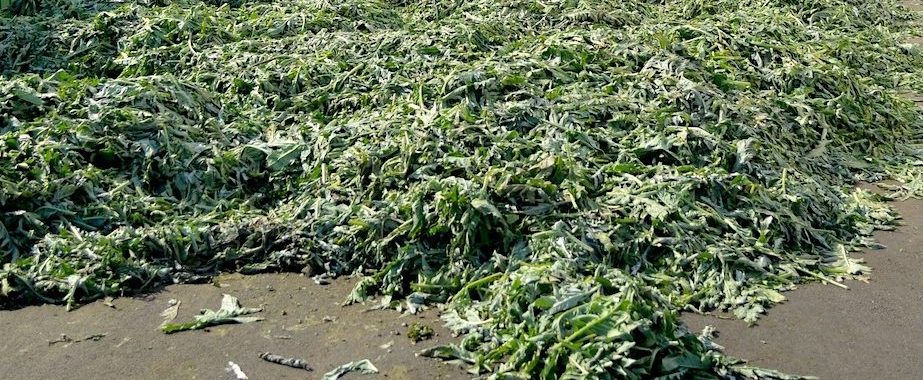
What is at Stake?
All types of waste influence a company’s environmental impact. From physical garbage to carbon emissions to raw material waste, it all adds up. And so we are now sinking under an ocean filled with visible and invisible plastic trash. Toxic waste is poisoning rivers and soils and the air that we breath. A third of the food that is raised or prepared is never eaten.[1] And that waste is responsible for roughly 8 percent of global emissions.[1]
A growing number of reports and studies offer insight into the scale and problem of food waste in the food industry. Few published reports have focused on the scale of the issue in the botanical industry. Yet, based on informal conversations with those in the Ayurveda industry, Dr. Unnikrishnan Payyappalli speculated that roughly 60-70% of biomass was wasted in manufacturing Ayurvedic herbs.[2]
Minimizing that waste would mean less pressure on wild plant populations, less energy used for transportation and processing, less solvents used for extraction, less carbon emissions from each of those processes.
Taking Action Begins with Quality
Addressing this waste begins with addressing quality. Plants that are grown, harvested, and handled properly will be higher quality. Less raw material is then needed to produce products that achieve the desired effects. Lower quality and so less expensive raw material means more will be needed to meet the standards needed for the finished product to be effective.
For example, to get a jump on the competition, some saw palmetto harvesters pick the berries too early in the season. These are unripe green berries. Ripe berries, as determined by levels of extractable solids and fixed oil content, harvested later in the season take fewer pounds of berries to make a given amount of extract.
Dig Deeper
Herb companies are increasingly talking about the issue, especially in reducing waste in manufacturing and finding alternative packaging. Conversations about sustainability in the supply network tend to focus on the impact of sourcing raw materials on plant populations, however, not on addressing efficiencies in growing, processing, and handling. A few companies are taking the lead in working to incorporate the principles of green chemistry into choosing and using solvents in extraction and quality control labs.
Below we look more deeply at each of these topics and share stories of innovative approaches to tackling the issue. We will continue to explore and document this issue. Please contact us with stories and initiatives to highlight.
Stories of Reducing Waste in the Botanical Industry
References Cited
[1]FAO. Global Food Losses and Food Waste: Extent, Causes, and Prevention, Rome: Food and Agriculture Organization of the United Nations, 2011 cited on “Food: Reduced Food Waste,” Project Drawdown. https://www.drawdown.org/solutions/food/reduced-food-waste, accessed December 6, 2019.
[2] Unnikrishnan Payyappalli, Personal Conversation, Chennai, India, April 2017.

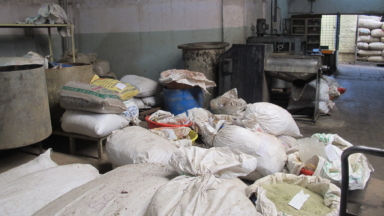
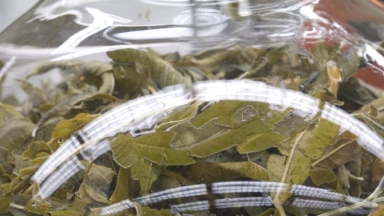
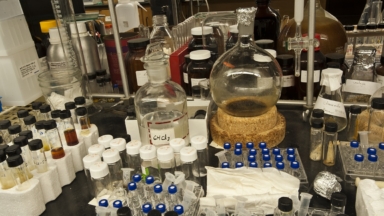
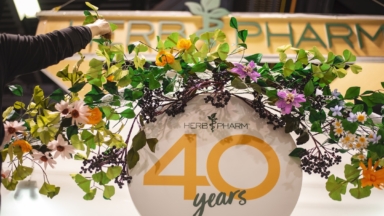
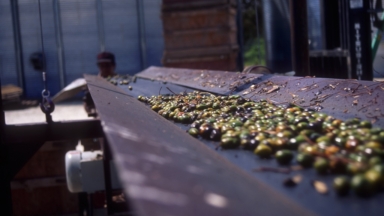
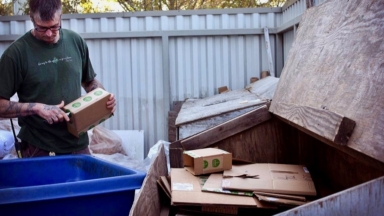
Comments